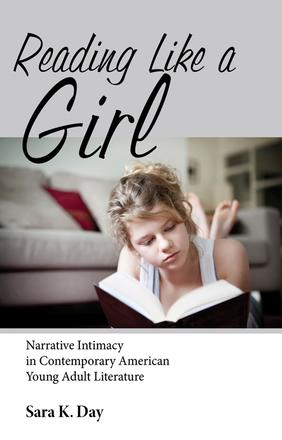
Reading Like a Girl
Narrative Intimacy in Contemporary American Young Adult Literature
How novels targeted at teens engage narrator and reader in intimate dramas of friendship, love, identity, and sexuality
Description
By examining the novels of critically and commercially successful authors such as Sarah Dessen (Someone Like You), Stephenie Meyer (the Twilight series), and Laurie Halse Anderson (Speak), Reading Like a Girl: Narrative Intimacy in Contemporary American Young Adult Literature explores the use of narrative intimacy as a means of reflecting and reinforcing larger, often contradictory, cultural expectations regarding adolescent women, interpersonal relationships, and intimacy. Reading Like a Girl explains the construction of narrator-reader relationships in recent American novels written about adolescent women and marketed to adolescent women.
Sara K. Day explains, though, that such levels of imagined friendship lead to contradictory cultural expectations for the young women so deeply obsessed with reading these novels. Day coins the term “narrative intimacy” to refer to the implicit relationship between narrator and reader that depends on an imaginary disclosure and trust between the story's narrator and the reader. Through critical examination, the inherent contradictions between this enclosed, imagined relationship and the real expectations for adolescent women's relations prove to be problematic.
In many novels for young women, adolescent female narrators construct conceptions of the adolescent woman reader, constructions that allow the narrator to understand the reader as a confidant, a safe and appropriate location for disclosure. At the same time, such novels offer frequent warnings against the sort of unfettered confession the narrators perform. Friendships are marked as potential sites of betrayal and rejection. Romantic relationships are presented as inherently threatening to physical and emotional health. And so, the narrator turns to the reader for an ally who cannot judge. The reader, in turn, may come to depend upon narrative intimacy in order to vicariously explore her own understanding of human expression and bonds.
Reviews
"Reading Like a Girl argues convincingly that authors writing for young girls create narrative intimacy through a variety of complex mechanisms, all of which affect both the reading experience and the social construction of the reader. Reading Like a Girl is a sophisticated and significant theoretical work that will permanently shift how feminists and narrative theorists alike analyze adolescent literature."
- Roberta Seelinger Trites, distinguished professor at Illinois State University